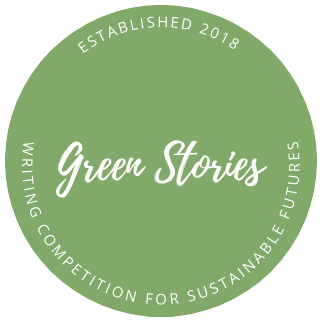Coal seam firefighting is done on occasion but is recognised as difficult. The key innovation in the story titled Frackers is the development of carbon credits that can be claimed for the extinguishing of these massive, long-lasting, harmful and ultimately pointless fires.
Our experts have classified this solution as a ‘gamechanger’ meaning changes to the systemic conditions leading to different incentives/decision-making processes.
How does this solution rate on:
| Climate impact: tonnes of carbon saved/removed | Hundreds of millions of tonnes of CO2e could be realised through the systematic application of this approach. |
| Climate adaptation-resilience | |
| Social justice i.e. addresses inequalities, diversity, inclusion | Low. This is ‘just’ an extinguishment project, apart from the nuisance smoke and heat that affect the small number of communities that have the misfortune to live near the fires. |
| Cost of action needed to progress goal | No new equipment is needed for this project. As described in the story, a ream of existing frackers and their associated logistics support & water trucks could start this work today. |
| Which location is the solution most needed/applicable | USA, China, Australia and other coal areas. |
| Risk | Some risk to the teams, this will be a tricky job. Low risk to the environment. Some risk of reignition. |
| Feasibility | Entirely feasible, this could be done today. Carbon Credit protocols could be written. |
Do your own research on the solution
The CO2 emissions from these coal-seam fires are a largely unreported disaster that affects several countries around the world, and adds 1% to the world’s total greenhouse gas emissions.
This video discusses the case study of Centralia (a small abandoned town in Pennsylvania). The video explains why the town had to be evacuated due to a burning coal mine beneath it, which illustrate the issue we are trying to fix.
These types of issues are just happening in this one small town. See the below videos for further case studies in China, India and Colorado (USA).
We have also compiled a list of academic papers and journalistic articles which explain the issue as well as the solution for further reading.
Read More
Academic papers:
- Coal Field Fire Fighting – Practiced methods, strategies and tactics
- Coal mine fires and human health: What do we know?
Journalistic articles and other sources:
- Embers Under the Earth: The Surprising World of Coal Seam Fires, read here.
- Fire in the Hole, read here.
- Coal-seam fire, Wikipedia page.
- Case study: Indonesia’s coal-seam fires.
Read Less
Interested in progressing this solution further?
| Actions for policymakers | Ban all non-profit generating emission sources of all types. |
| Actions for funding bodies | Provide full funding for dozens of projects in multiple locations around the world. |
| Actions for business | Set up carbon credit protocol and start collecting them. |
| Actions for public | Continued ignorance. |
